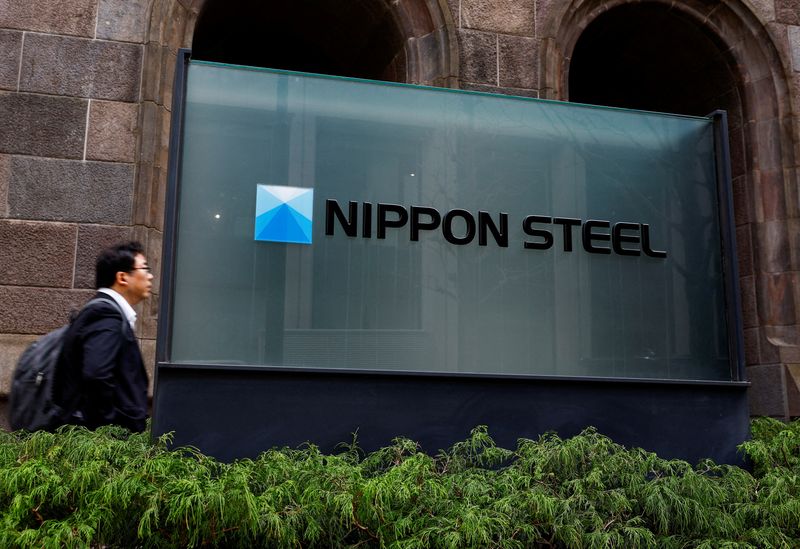Accounting standards require companies to expense out their assets over their useful life. These assets come at a cost that companies must spread over that life. Usually, companies use techniques like depreciation or amortization to achieve that. However, both differ in various ways. Before discussing the differences, it is crucial to define both individually.
What is Amortization?
Amortization refers to a technique that allows companies to spread the cost of an intangible asset over its life. It involves calculating the cost of that asset and estimating how long it will last. However, when calculating that life, it is crucial to overlook its overall lifecycle. Companies can only spread the cost of an intangible asset during the period the company can use it.
Amortization allows companies to expense out an intangible asset using various techniques. Primarily, companies use a straight-line method to achieve that. Companies use amortization for several intangible assets, some of which are below.
- Trademarks and patents.
- Brand name.
- Research and development costs.
- Franchise agreements.
- Copyrights
What is Depreciation?
Depreciation is similar to amortization as it allows companies to spread the cost of an asset over its useful life. In this case, however, this asset must be tangible. Essentially, depreciation is a technique used to spread a fixed asset’s cost over several periods. Like intangible assets, companies must estimate how long that asset is useful and use it to calculate depreciation.
Depreciation applies to all fixed tangible assets except land. Like amortization, companies can use the straight-line method to depreciate their assets. However, they can also utilize accelerated depreciated methods. Its calculation can also include a provision for the salvage value of the fixed asset after its useful life. Depreciation can apply to many fixed assets, some of which are as follows.
- Building
- Machinery
- Plant
- Vehicles
- Office equipment.
Amortization vs Depreciation: What are the differences?
Amortization and depreciation allow companies to expense their assets over a specific period. However, both differ in several ways. The most critical difference between amortization and depreciation includes the points below.
Definition
Amortization is a technique to reduce the cost of an intangible asset and expense out that cost. It occurs over the overall life of that asset. On the other hand, depreciation also helps decrease the cost of assets. However, it applies to tangible assets over their useful life.
Salvage value
Amortization applies to intangible assets which don’t have a salvage value. Therefore, the formula for amortization does not include a provision for that value. In contrast, depreciation considers the salvage value of a tangible asset after its useful life.
Calculation
Companies use the straight-line method to calculate the amortization of tangible assets. This method also applies to depreciation. However, companies can also utilize other methods, such as declining and double-declining, to depreciate assets.
Accounting standard
In IFRS, amortization falls within the scope of IAS 38 Intangible Assets. On the other hand, depreciation comes from IAS 16 Property, Plant, and Equipment.
Conclusion
Amortization and depreciation allow companies to expense out their assets over a specific period. However, the former applies to intangible assets, while depreciation only covers tangible assets. Besides these, there are other differences between both methods. Despite the difference, the accounting treatment for both is similar.
Further questions
What's your question? Ask it in the discussion forum
Have an answer to the questions below? Post it here or in the forum




